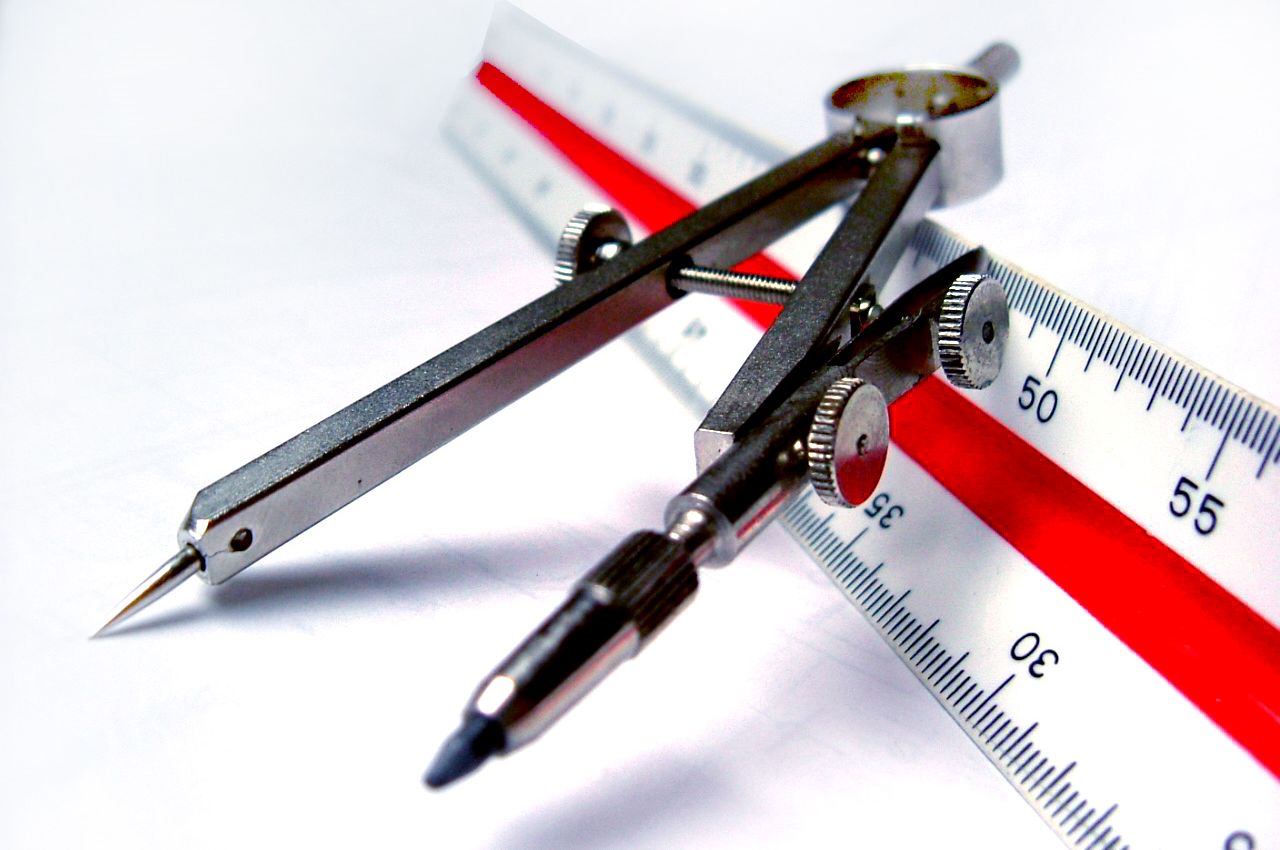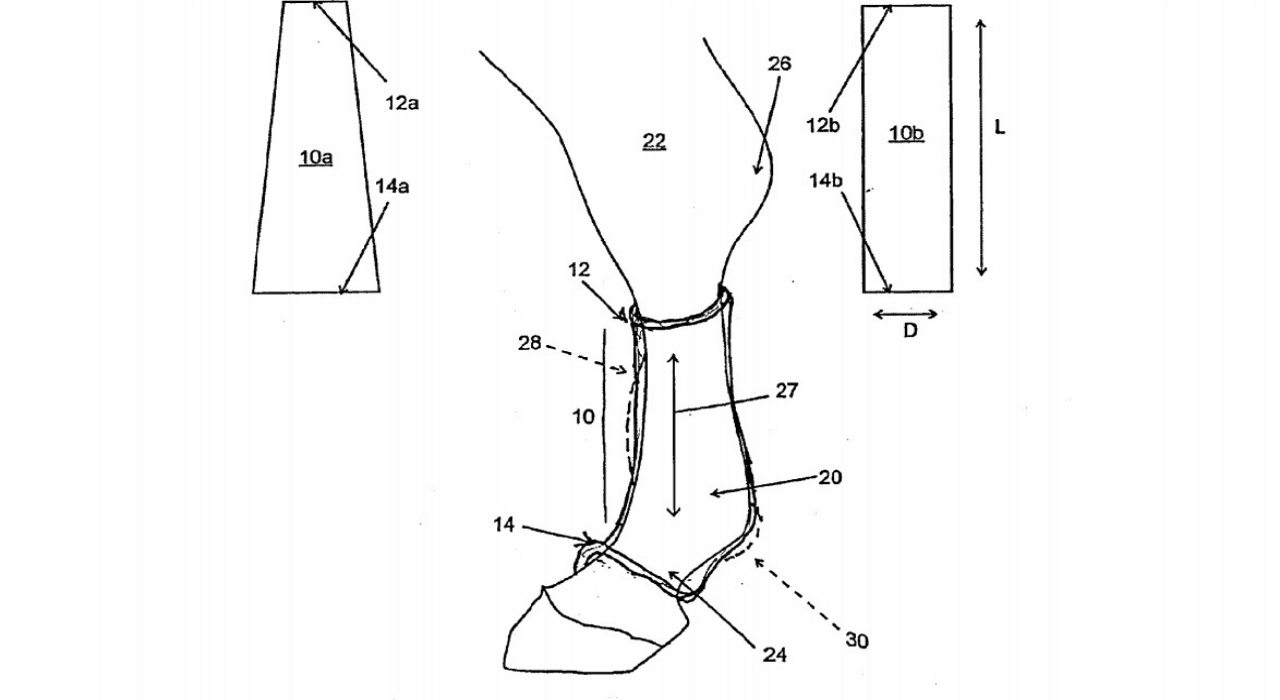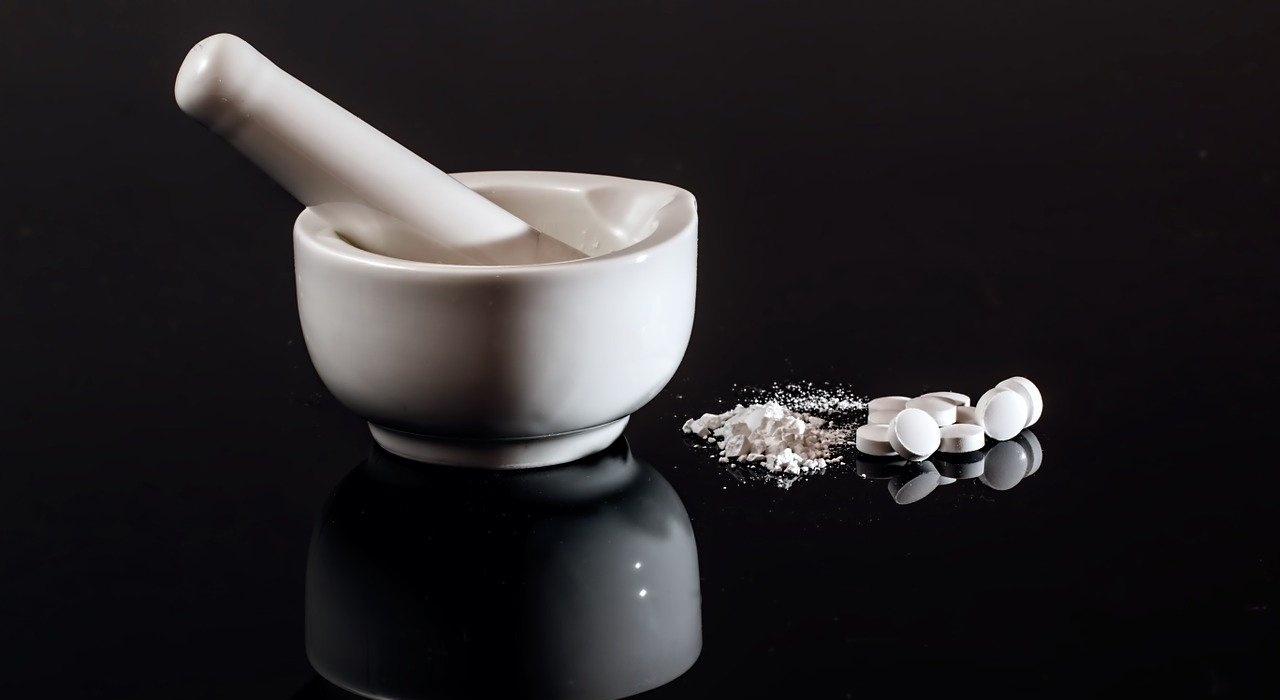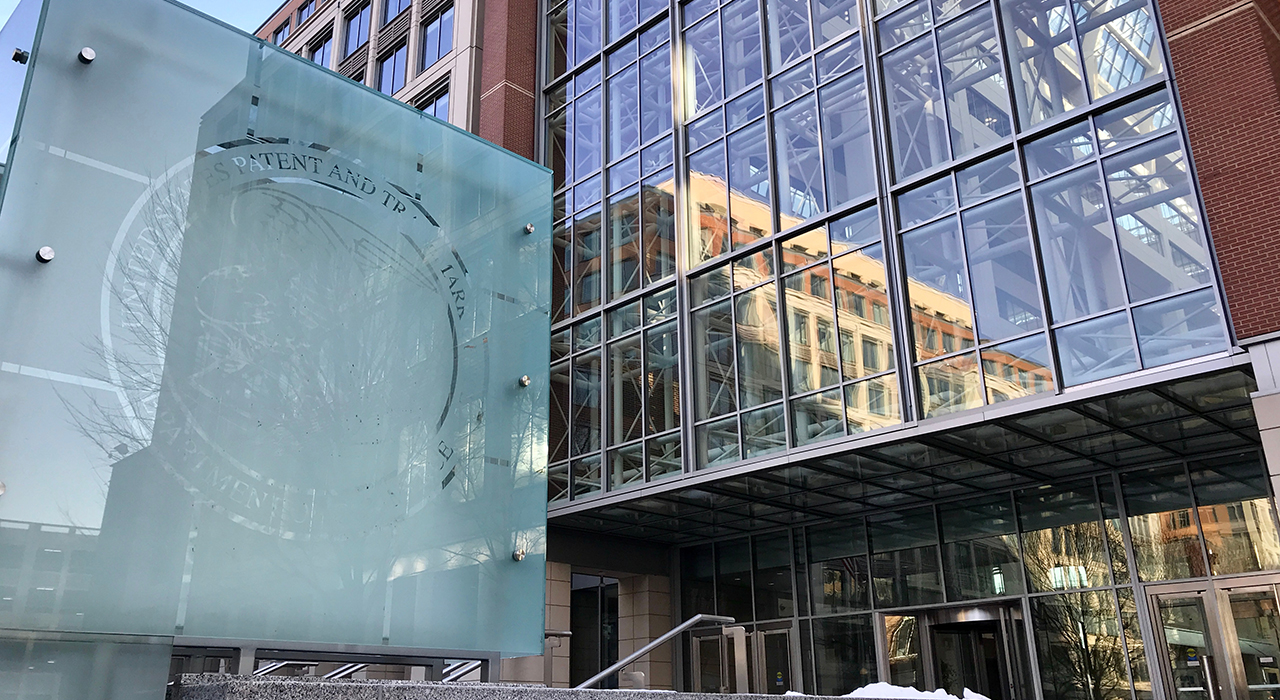When considering the obviousness of ranges, it is a fundamental principle of U.S. patent law that “where the general conditions of a claim are disclosed in the prior art, it is not inventive to discover the optimum or workable ranges by routine experimentation.” In re Aller, 220 F.2d 454, 456 (CCPA 1955). Consequently, modifications to readily optimized parameters such as temperatures and concentrations disclosed in the prior art will generally not be patentable under Section 103. Aller, 220 F.2d at 456. Furthermore, a presumption of obviousness exists when ranges disclosed in the prior art overlap with the ranges of a claimed invention. See, e.g., E.I. du Pont de Nemours & Company v. Synvina C.V., 904 F.3d 996, 1006 (Fed. Cir. 2018).
2020年4月8日に米国CAFCは、クレームされた物質に関する数値範囲と引例に記載された類似物質に関する数値範囲とが重なる場合、prima facie case of obviousness と判断し得る、と判示しました(Valeant Pharmaceuticals Intl. v. Mylan Pharmaceuticals Inc. (Fed. Cir. 2020)) 。
In addition to the indefiniteness rejection, the Patent Trial and Appeal Board (“Board”) in Ex parte Castellana (Appeal No. 2019-006605, July 20, 2020) (previously discussed here) considered and reversed the Examiner’s obviousness rejection.
In assessing the obviousness of chemical species when prior art teaches an encompassing genus, Section 2144.08 of the MPEP advises us to consider any teaching or suggestion in the reference of a preferred species or subgenus that is significantly different in structure from the claimed species or subgenus—because such a teaching may weigh against selecting the claimed species or subgenus. See M.P.E.P. § 2144.08, para. II.A.4(c).
On July 1, 2020, the Patent Trial and Appeal Board (“Board”) issued a decision in Ex parte Allen reversing an Examiner’s obviousness rejection for failing to provide sufficient reason based on rational underpinning to combine the teachings of the prior art. See Decision on Appeal, Appeal No. 2018-008208, at 6 (P.T.A.B. Jul. 1, 2020) (non-precedential).
Allen represents a common scenario encountered during prosecution; namely, where an Examiner relies on a secondary reference to teach elements missing from the primary reference based on an illusory or non-existent problem in the primary reference.
The independent claim in Allen recited a method for introducing a cable into a conduit by attaching a pliant material to the cable with an adhesive and then introducing the cable/pliant material into the conduit, where the pliant material exhibited less friction than the cable. See id. at 2 (claim 5).
The Examiner rejected the claims over a combination that included Conti (US 5,027,864), which disclosed a method of introducing a cable into a conduit but lacked the pliant material attached to the cable with adhesive, and Holland (US 2002/0170728), which disclosed attaching a pliant material to a cable with an adhesive “to mak[e] a cable abrasion-resistant … when being moved or pulled.” Id. at 4 (emphasis added). According to the Examiner, it would have been obvious to modify Conti to include the pliant material and adhesive of Holland for the purpose of making the cable abrasion resistant.
The Appellant disagreed because Conti already recognized the friction problem when inserting the cable into the conduit and solved it by applying a lubricant to the cable. Nevertheless, the Examiner speculated that “in practice[,] lubricated systems are not always perfectly lubricated due to inhibited lubricant flow and/or improper maintenance of the fluid within the passage/channel” and, in that scenario, the skilled artisan would “look to supplemental means for protecting the cable within the tube/duct.” Id. at 6.
Rejecting the Examiner’s rationale, the Board highlighted Conti’s teaching that “[t]he presence of lubricant on the cable greatly reduces friction and thus the pulling force required to install the cable.” Id. at 4. Given Conti’s teaching to continuously feed the lubricant to reduce friction and the pulling force required to install the cable, the Board failed to see why it would have been obvious to combine Conti’s lubricated cable to include a pliant material from Holland’s unlubricated system or how such a combination would resolve the speculative problems alleged by the Examiner (i.e., to make Conti’s cables more friction resistant and/or further protect Conti’s cable within the conduit).
Takeaway: Examiners often formulate a problem in the primary reference that can be solved by a secondary reference, thereby providing the motivation for combining the references to arrive at the claimed invention. However, when the problem is already solved by the primary reference, there may be no motivation to combine the references, even when the Examiner resorts to allegations that secondary reference can “further improve” upon the primary reference (e.g., to make Conti’s cable more friction resistant). Allen provides a good illustration of this scenario and the importance of assessing problem/solution motivations to determine whether the alleged problem is illusory or non-existent.
Judges: C. Greenhut, A. Reimers, S. Mitchell
A rejection for obviousness must include “some articulated reasoning with some rational underpinning to support the legal conclusion.” KSR Int’l Co. v. Teleflex Inc., 550 U.S. 398, 418 (2007) (quoting In re Kahn, 441 F.3d 977,988 (Fed. Cir. 2006)). In Ex parte Awan, by reversing the Examiner’s obviousness rejection, the Patent Trial and Appeal Board (“Board”) reconfirmed the necessity of articulated reasoning with rational underpinning in an obviousness rejection.
On June 9, 2020, the Patent Trial and Appeal Board (“Board”) reversed the Examiner’s obviousness rejections in Ex parte Leibold. The obviousness rejections were based on the Examiner’s combination of two references: Petterson and Witzel. However, the Board found that it would not have been obvious to modify Petterson based on the teaching of Witzel, because such a modification would render Petterson inoperative for its intended purpose.
Section 2144.04(IV)(C) of the Manual of Patent Examining Procedure describes legal precedents relating to “Changes in [the] Sequence of Adding Ingredients” and cites to In re Burhans for the proposition that “the selection of any order of performing process steps is prima facie obvious in the absence of new or unexpected results.” In re Burhans, 154 F.2d 690, 69 USPQ 330 (CCPA 1946).
However, the Patent Trial and Appeal Board (“Board”) recently clarified that the Burhans rule only applies when evidence exists that the process steps in question are already known and used in the cited prior art.
On April 3, 2020, the Patent Trial and Appeal Board (“Board”) issued a decision in Ex parte Wallero reversing an Examiner’s obviousness rejection because the Examiner failed to provide a sufficient factual basis to establish that a claimed feature was disclosed in the examples of a Japanese reference for which there was only an English abstract of record. No. 2019-004064 (P.T.A.B. Apr. 3, 2020) (non-precedential).









